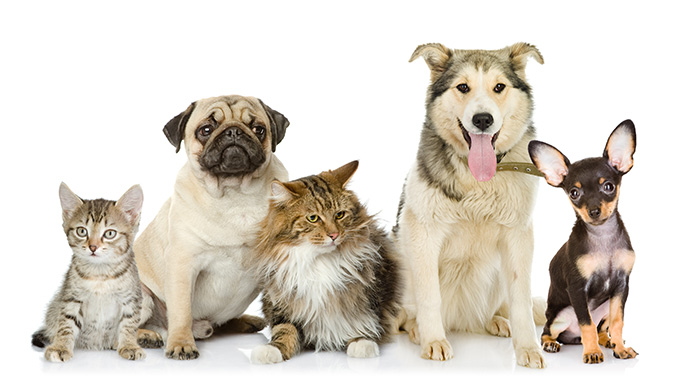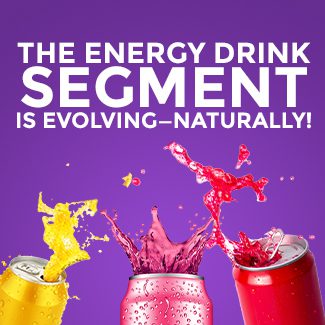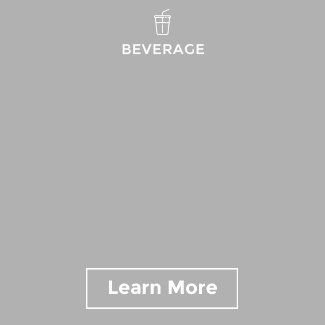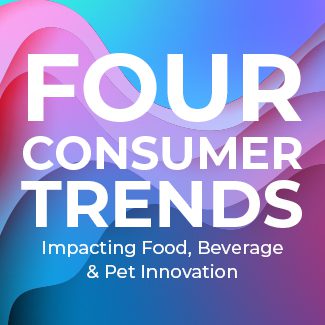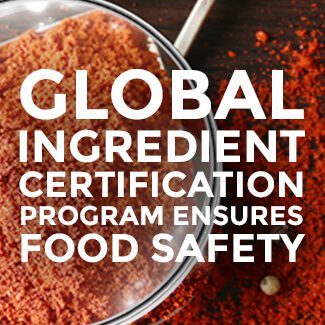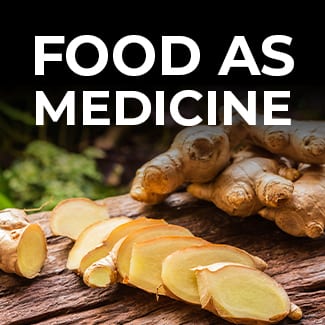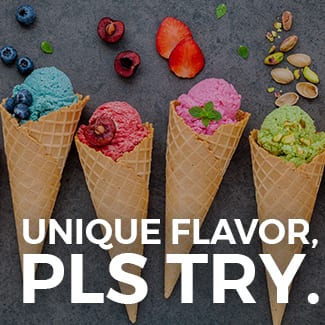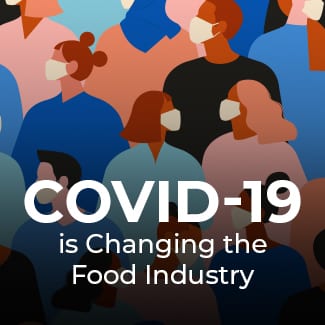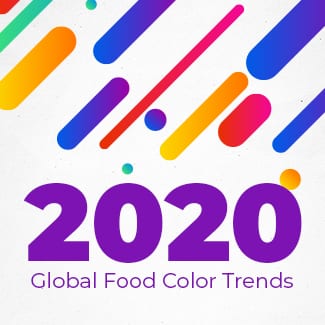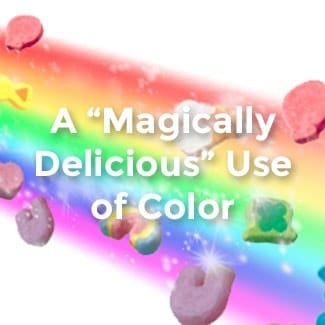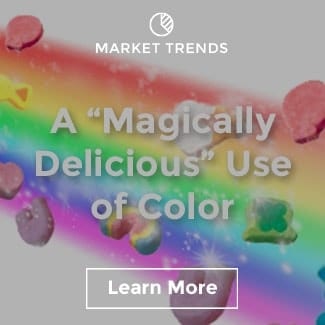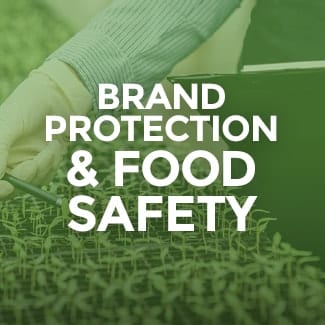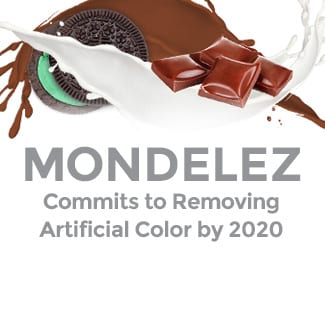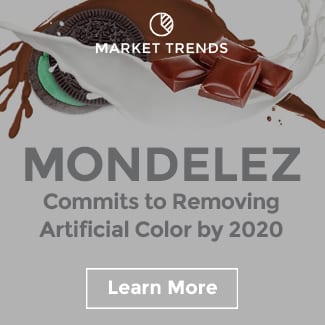The Pet Food Aisle is Going Natural
Recently, leading pet specialty retailer Petco announced plans to stop selling pet foods and treats made with artificial colors, flavors, and preservatives by mid-2019. The company developed a “no-no” list to guide manufacturers and includes all synthetic FD&C dyes in addition to Titanium Dioxide.
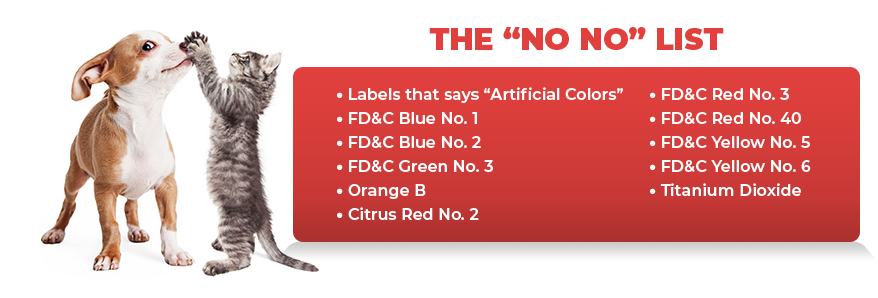
This is a bold move, but one that doesn’t come as too much of a surprise to those following the industry closely. While total food sales at retail are growing at a modest 2%, according to Nielsen research, total Pet consumables are faring quite a bit better at +5%.
The driving force behind growth in pet food and treats is premiumization as pet ‘parents’, enabled by online information sources, seek to buy what is best for their pet’s health. Consumers are trading up to premium offerings. So while the volume of pet food in traditional retail is actually down, in large part because smaller breeds are growing in popularity, category dollars continue to show solid growth.
The path to growth in pet appears to be specifically tied to health and wellness. Specifically, consumer desire to avoid ‘bad’ ingredients is driving growth more than functionality. Both grain-free and now potato-free pet food varieties are increasing share. Wet dog food is growing at more than twice the overall category rate because of a health perception – more protein. But more than any other claim, natural pet foods are appealing to today’s pet consumer. Natural color alone is one of the main drivers of growth for dog food.
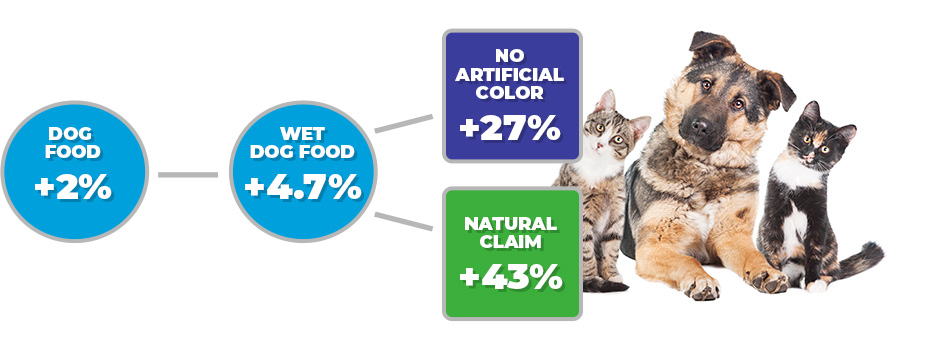
While at Sensient we don’t share the view that synthetic color is really less healthful for pets (and neither do pet food regulations), the consumer always has the final say. By de-listing pet brands that don’t switch from synthetic to natural, Petco is likely to trigger a wave of conversions to natural colors. And the company indicated a willingness to work closely with brands and natural food color manufacturers in their announcement.
“We’re inviting pet food companies to join us on this journey, even working hand-in-hand with some to pursue potential ingredient changes to meet our new ingredient standards” said Nick Kovat, a Chief Merchandising Officer with the company.
A few years ago, our innovation team began to develop natural color solutions that could address some of the specific challenges facing pet food and treat manufacturers. Fortunately, there are good solutions available today and more are in development. I would highly recommend checking out some of Gale Myers’ previous blog entries as a starting point. Some of the most relevant posts include a review of “natural Red 40” options and strategies to replace caramel.
While I might be a little biased, I firmly believe we have some of the leading natural color technologies available for the pet industry today. Our SupraRed™ heat stable red vegetable juice, for example, is a major advancement in color stability for pet products that go through extrusion or heat processing. This includes most pet foods as well as natural pet treats.
Meeting the evolving demands of today’s pet consumer means producing nutritious food that also looks like it meets the needs of our furry friends. If you have questions about how color impacts pet owners’ perception of treats and food or whether you need a technical partner, please contact us. Request a consultation or send me an e-mail.
